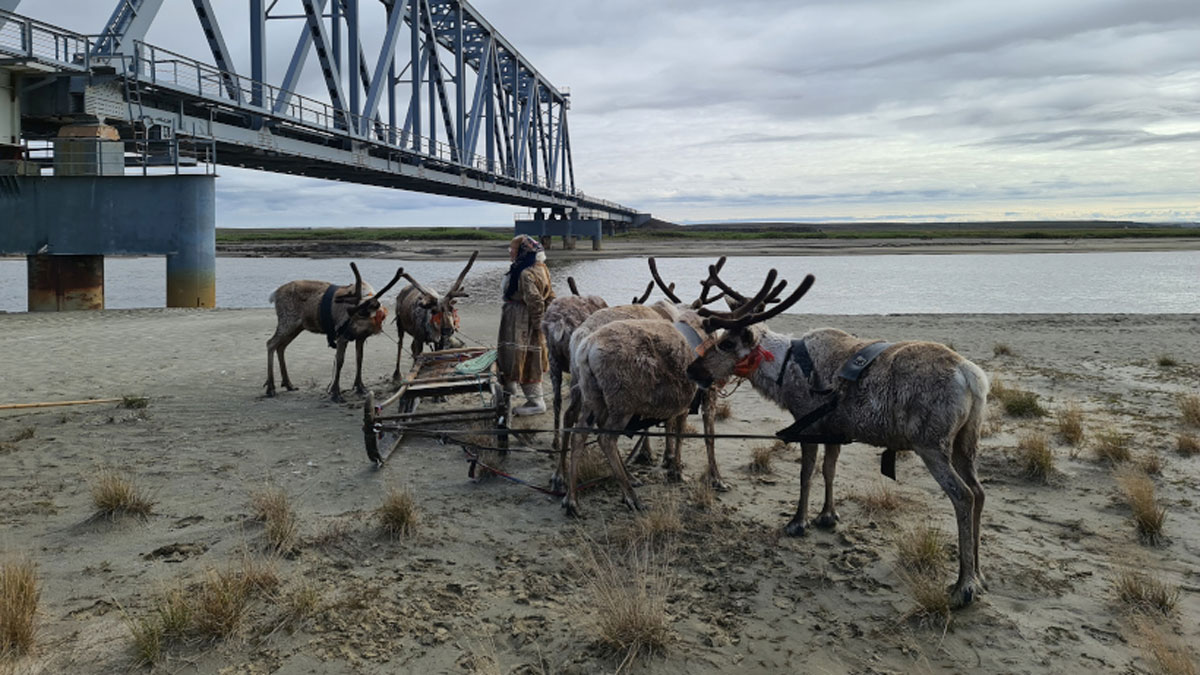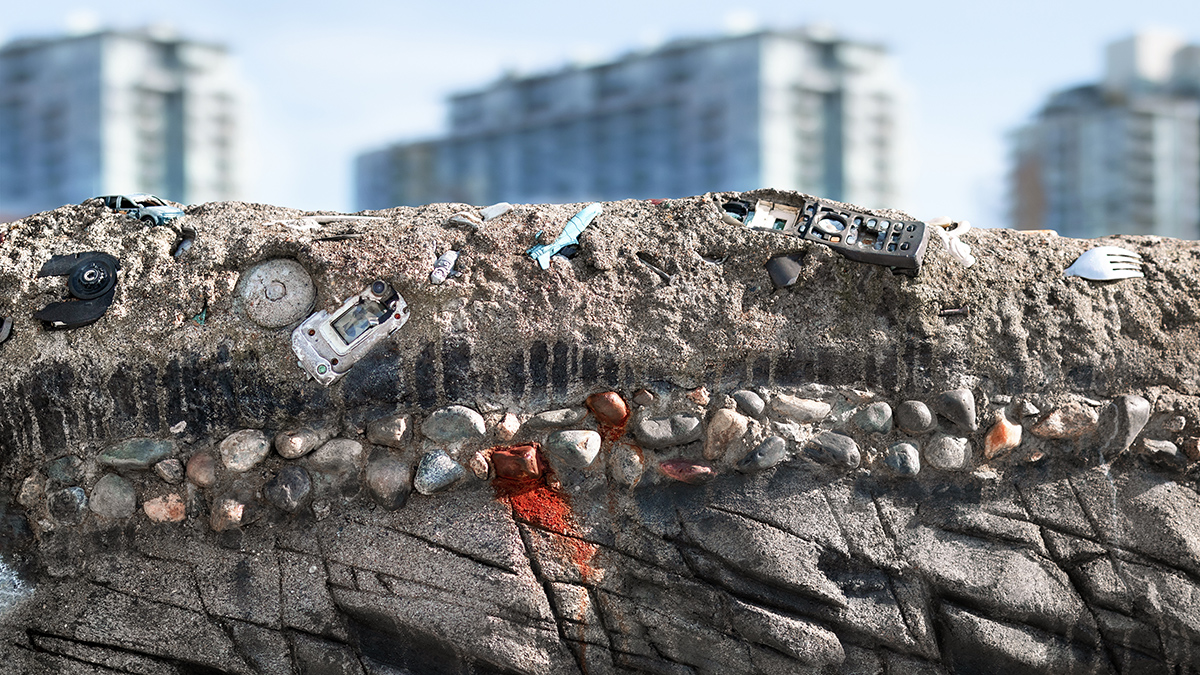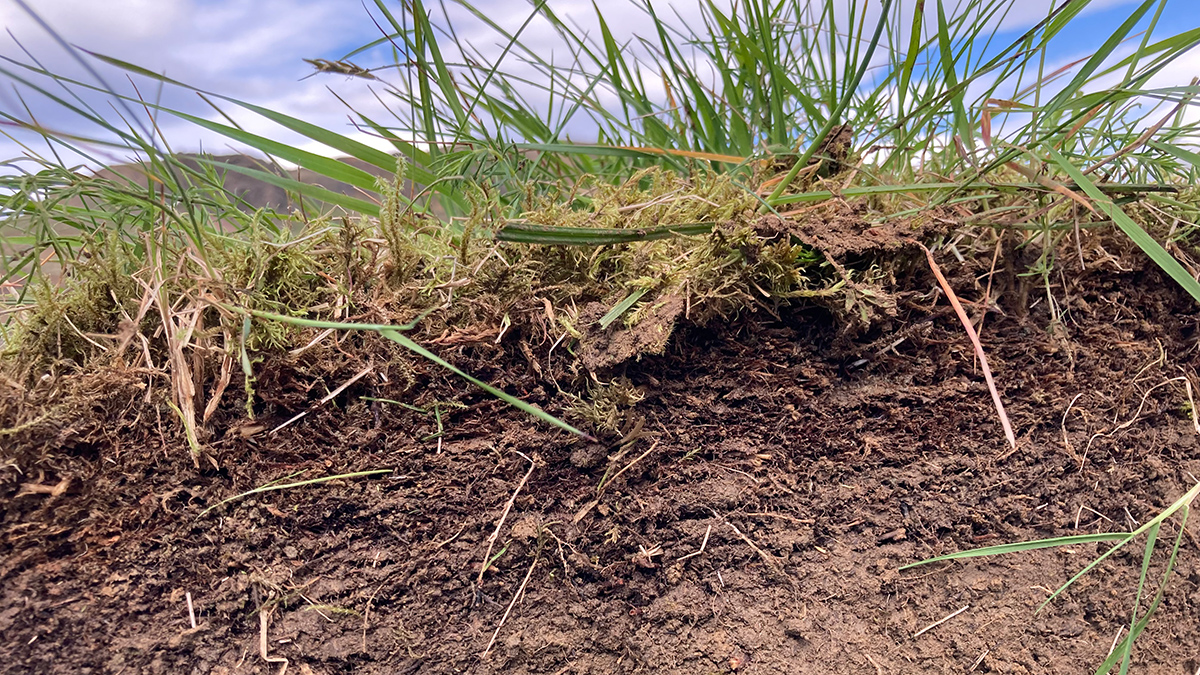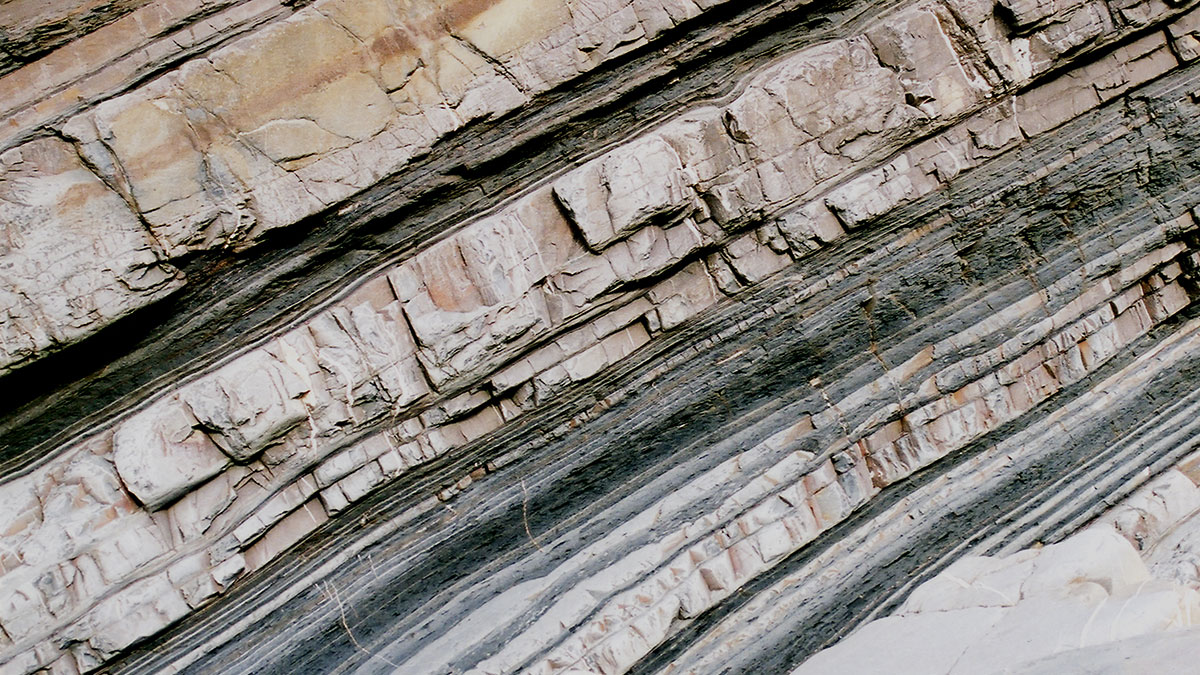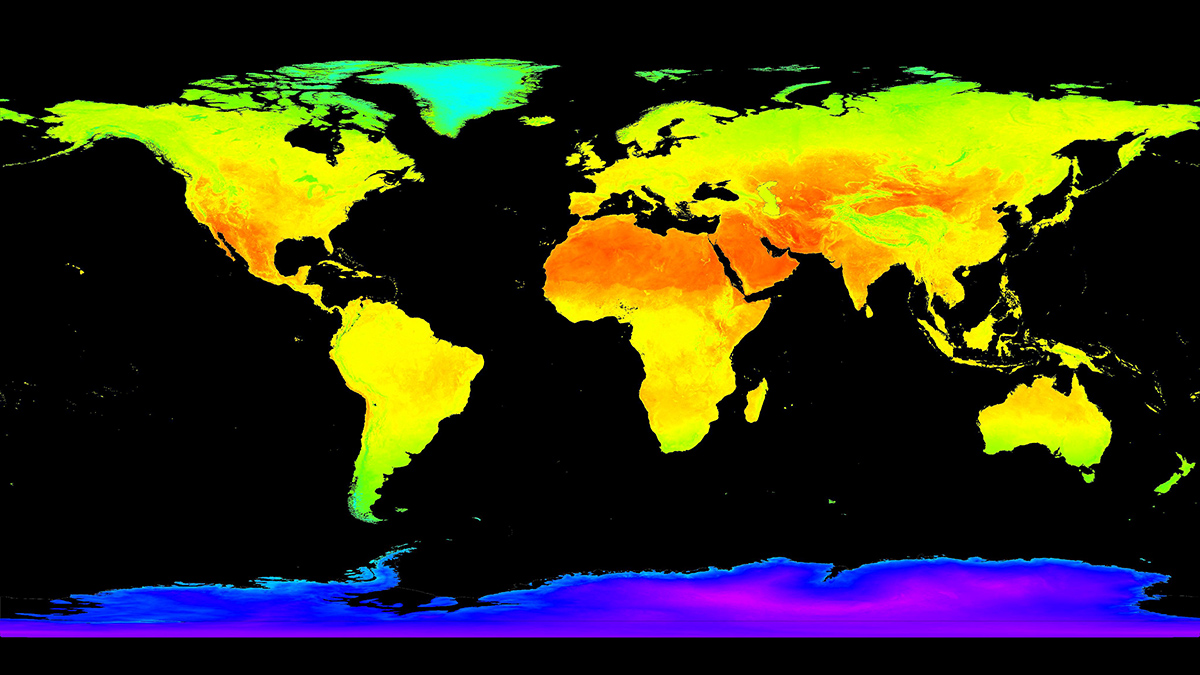For a decade, the Traveling Workshops Program has provided customized assistance and expert facilitation to support geoscience groups as they adapt to shifting student and institutional interests.
meetings & workshops
Empowering Genderqueer Geoscientists: Being and Building the Change
A joint AGU-AMS panel outlined how individuals, institutions, and professional associations can take action to expand opportunities for those with traditionally marginalized identities.
Forests, Water, and Livelihoods in the Lesser Himalaya
Complex changes in land use, land cover, climate, and demographics are combining to stress water security for millions of people in the region.
Convergence Science in the Arctic
Focusing on climate change and industrialization in Siberia’s Yamal Peninsula, researchers developed science questions that aim to reach far beyond any single discipline.
What’s Next for the Anthropocene?
Researchers weigh in on the meaning and aftermath of the decision to reject designating “Anthropocene” as an official geological epoch.
How Are Deep Soils Responding to Warming?
Scientists aim to integrate observations from deep-soil-warming experiments worldwide to better understand how ecosystems vital to food security and environmental health will react to climate change.
Submarine Avalanche Deposits Hold Clues to Past Earthquakes
Scientists are making progress on illuminating how undersea sedimentary deposits called turbidites form and on reconstructing the complex histories they record. But it’s not an easy task.
States of Mind
Regional programs offer models of success in science education and policy.
Five Key Needs for Addressing Flood Injustice
Better data and assessment metrics—and improved researcher involvement in communities—are needed to understand and redress inequitable vulnerabilities to and recoveries from flooding.
Trustworthy Satellite Earth Observations for Science and Society
Enhancing confidence in satellite observations of terrestrial properties like land surface temperature and soil moisture requires advances in validation and data quality assessment practices.




